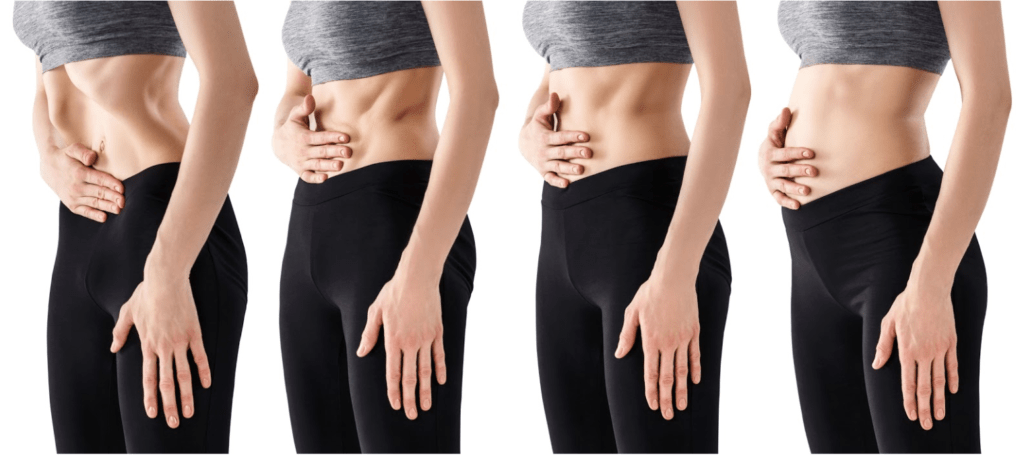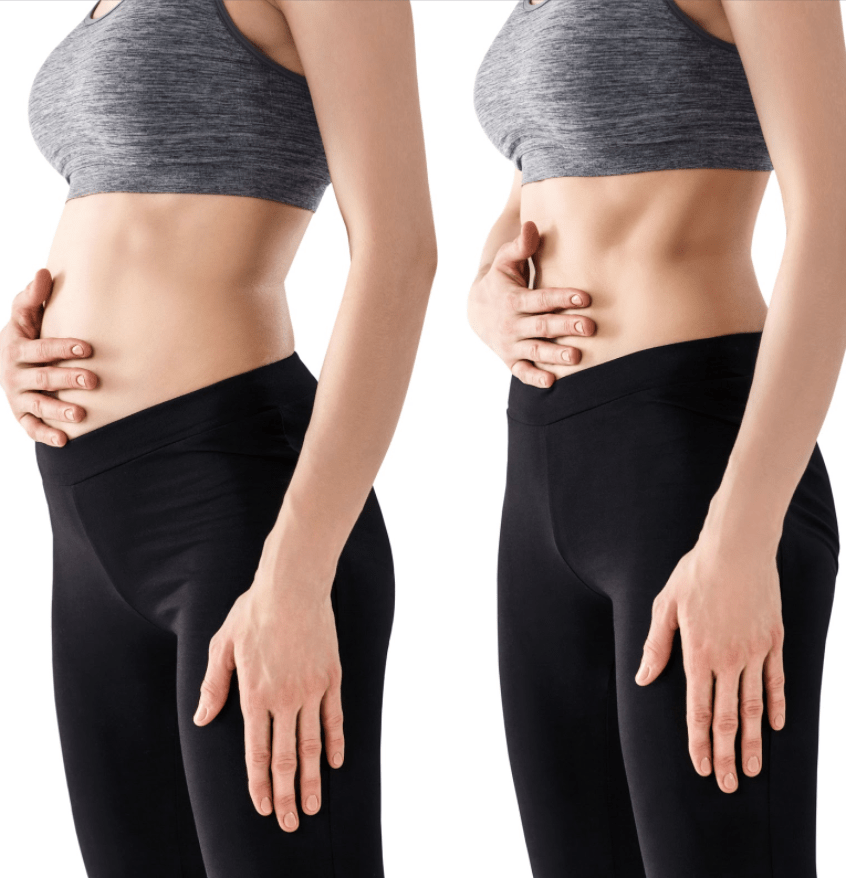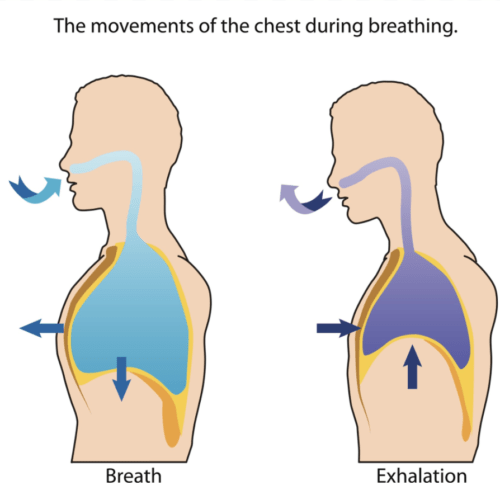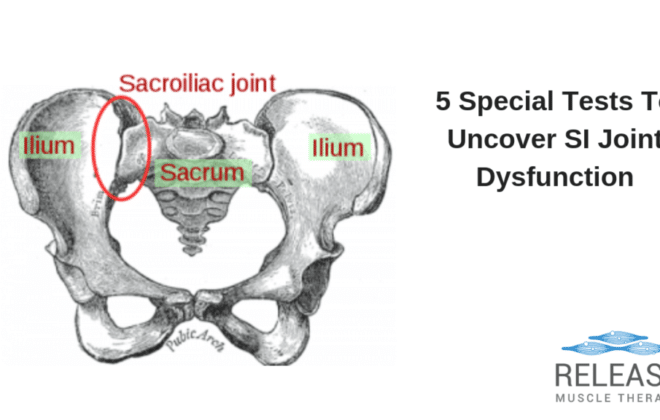Breathing: The Overlooked Key to Resolving Muscular Imbalances?
It’s quite ironic to think that one of the most fundamental elements to overall health is often neglected in the context of muscle therapy.
While most people know and understand on a very basic level that breathing properly is important, there is an obvious lack of adequate information available to cover the actual details of the topic along with concrete guidelines that are simple to follow - particularly in relation to restoring a healthy posture and correcting movement based imbalances.
Let’s change that right now.
In this article, I will cover the essentials of breathing and clear up common misconceptions associated with it.
WHAT IS THE IMPORTANCE OF BREATHING?
If breathing is not normalized, no other movement can be. - Dr. Karel Lewit
I love the above quote because it so accurately describes precisely why breathing is so important. Your breath is closely tied into your nervous system, and hence any changes to it will directly impact other essential body parts and functions, including your musculoskeletal systems.
In other words, breathing affects your movement patterns.
Judith Delaney mentions in her book Clinical Application of Neuromuscular Techniques that “breathing dysfunction is at least an associated factor in most chronically fatigued and anxious people and almost everyone subject to panic attacks and phobic behavior, many of whom also display multiple muscular-skeletal symptoms.”
While these symptoms could be explained as a coincidence, the abundant overlap between all relevant components deems it highly unlikely; especially considering the intimate relationship between your breath and the central nervous system.
HOW DOES BREATHING AFFECT YOUR POSTURE?
A simple way to understand this relationship between breathing and posture is to perform a simple self-test.
Stand up with a straight posture, take a deep breath and then exhale. Next, try the same thing while slouching your back. Notice the difference?
Chances are that you’ll feel most comfortable in the position where breathing feels unrestricted and easy. It may surprise you however, to find out that this is not the ideal position for most people. In fact, that is one of the major reasons why it can be so difficult to correct a faulty posture without addressing the muscles associated with respiration.
You just cannot go where you really don’t breathe well. The respiratory muscles aren’t only responsible for your breathing; they also take part in stabilizing your spine.
Let’s take an example, like standing on your toes. This basic movement causes breathing muscles such as the diaphragm, deep abdominal muscles, and the pelvic floor muscles to contract, which is a direct demonstration of how they are partly responsible for spinal stability itself.
Trigger points in your pelvic floor muscles can cause what’s referred to as an excessive anterior pelvic tilt. This common postural condition can lead to significant changes in your overall weight-bearing – when your pelvis tips too far forward, it puts most of the weight on the toes, leading to detrimental shifts in your posture as your body tries to compensate for the faulty position.
Another common area of distress is the neck. In cases of less-than-ideal breathing, neck muscles can become fatigued and subject to trigger points that lead to upper body pain; including headaches and even jaw muscle fatigue or TMJ disorders.
BREATHING AND YOUR ORGANS
Normal movement of our internal organs is referred to as motility. A slouching posture coupled with a sub-optimal breathing pattern has the potential to negatively affect this process, which will limit your ability to control your health, activate certain muscles, as well as limit your range of motion.
WIDESPREAD EFFECTS
A subtle change in the PH of your body can cause dramatic changes in all of your bodily systems; including pain perception and even emotional stability.
The body is an intricate machine that requires perfect balance among all elements to run smoothly, and even a subtle change in one of them can throw the whole system off balance.
It’s easy to forget that breathing is a basic chemical process; namely the constant exchange of oxygen and carbon dioxide that keeps you alive. If this exchange is disrupted in any way, it leads to a subtle change in PH that can cause dramatic changes in all your bodily systems; including those that control pain perception and emotional stability. In other words, a poor breathing pattern and changes to the PH can provoke increased nerve sensitivity and thus make you less pain tolerant.
All things considered it’s quite logical that incorrect breathing is at least one of the responsible components in certain cases of chronic pain conditions, such as fibromyalgia, where widespread aches and fatigue are every day occurrences.
FALSE!
Contrary to what many people think and have heard, belly breathing by itself is NOT ideal.
To clear up this very common misconception, let’s break down the...
PRIMARY ISSUES WITH BREATHING
- Chest Breathing
- Paradoxical Breathing
- Belly Breathing
A natural physical reaction to stress is to tense our neck and shoulders while moving our breath up high in the chest region, causing the shoulders to rise and fall during the breathing cycle.
This overcompensation of the chest movement causes what we call stress-based breathing, because it is a direct result of stress induced movement patterns that prevent the diaphragm from moving down and hinders the abdomen from expanding, thus forcing the air to enter the chest region.
One of the problems with stress-based breathing is that it affects the volumes of air entering the body, forcing you to breathe more frequently in a shorter amount of time to fill your lungs with enough oxygen.
As discussed in the previous section, this will lead to an imbalance in PH due to the ratio of oxygen and carbon-dioxide being skewed in the process.
A severe example of this scenario is when a person begins to hyperventilate, which is a fairly strong stress response that affects both physical and cognitive aspects of the body, quickly leading to a state of panic unless the situation is controlled.
Paradoxical breathing occurs when the OPPOSITE motion occurs relative to normal breathing. In this scenario, as one breathes in, the abdomen moves inward, and during exhale, it moves outward. This is the LEAST ideal type of breathing pattern.
If you look at the diagram above, you can see that the arrow goes down during the inhalation process, which is the direction that the diaphragm muscle is going.
You’ll also notice that this area begins to flatten out, because the diaphragm muscle activates during inhalation as to allow air to fill the lungs. If it does not move down, the upper chest has to rise in order to accommodate the influx of oxygen.
During exhalation, the diaphragm goes up and forms a dome as the abdominal muscles contract, which is ideal.
SO WHAT IS OPTIMAL BREATHING?
Optimal breathing basically comes down to having a good balance between the inhalation and exhalation musculature, as well as between the abdomen and diaphragm. The other essential element is correct belly breathing, which involves adequate lateral expansion that moves the ribs as needed to allow enough air flow.
The four images below depict different contractions of the abdominal muscles.

1: This picture shows the action of drawing in the transverse abdominus; the deepest abdominal muscle and the one responsible for sucking the stomach up and in. This movement is not ideal during inhalation as this part of the breathing cycle requires the diaphragm to go down.
2: This image shows a fairly rigid contraction of the larger abdominal muscles. If you tighten your abs super hard and then try to breathe, you’ll notice that it’s very difficult. In other words, you won’t be able to expand your abdomen enough to allow proper air flow, forcing you to move the breath up to the chest region in order to fulfill your oxygen requirement. (Note that this doesn’t mean you can’t train your core muscles, just that you need to strike a balance between the superficial and deep abdominal muscles.)
3: This photo shows a more ideal position, as it involves a normal amount of tension in the abdominal muscles – not too tense, but not too relaxed either.
4: The final image shows the abdominals in a very relaxed position, which is clear from the forward tilt in the pelvis. This over-relaxation of the abdomen is often seen in people with bloating due to digestive issues, causing them to belly breathe constantly as a result, or a great degree of muscular imbalance in the pelvic region.
CONTRIBUTING FACTORS TO BREATHING IMBALANCES
- Emotional Stress – phobias, anxiety, and other emotional disorders can be exacerbated by incorrect breathing patterns, but they can also be root factors that contribute to respiratory imbalances in the first place.
- Nutritional Issues – things like digestive problems, inflammation-provoking dietary habits and food allergies can absolutely contribute to disrupting the breathing cycle.
- Environmental Allergies – any kind of allergy can be a cause of breathing stress.
- Underlying Pathology – whether present in the lungs, the immune system, or the nervous system, an underlying pathology can be a contributor to respiratory stress and thus breathing pattern imbalances that can be difficult to correct.
INTEGRATION IS KEY
The key to solving imbalances is integration. Reducing stressors as those mentioned above is extremely helpful to speed up this process and reduces the reliance on any one approach. Attacking the problem from several different sides of the spectrum is the best way to ensure success with improving your breathing, and in extension, restore posture and movement based imbalances.
A good plan includes several different approaches, such as:
- Restoring flexibility to the muscles of the upper body
- Restoring mobility to the spine and rib cage
- Restoring function and relieving chronic tension in the diaphragm, pelvic floor, and deep abdominal wall
- Education on proper breathing and daily exercises
- Education on emotional stress and noticing when it’s time to engage in relaxation methods
- Dietary intervention
RECAP
Let’s take a moment and go over the key points of this article.
- Faulty breathing includes chest breathing, paradoxical breathing and belly breathing alone.
- Optimal breathing involves belly breathing with lateral expansion and a balance between the abdominals and the diaphragm as well as inhalation and exhalation.
- Integration is key, which means you need to address any possible causes such as postural imbalances, underlying health concerns, allergies etc.to solve the problem with breathing related issues.
Think breathing imbalance is affecting you? Click below and lets talk.
Tags In
Sam Visnic
Most Popular Posts
Categories
- Deep Gluteal Pain Syndrome (8)
- Deltoids (2)
- Foam Rolling (2)
- Glutes (9)
- Hamstrings (5)
- Hypnosis for Pain (3)
- Lats (2)
- Levator Scapulae (4)
- Lifestyle (8)
- Massage Therapy (39)
- Mobility (21)
- Movement and Exercise (19)
- Muscles (22)
- Nutrition (2)
- Obliques (1)
- Pain (25)
- Pectorals (3)
- Piriformis (3)
- Plantar Fasciitis (11)
- Psoas (11)
- Quadratus Lumborum (3)
- Quadriceps (2)
- Rhomboids (3)
- Sciatica (1)
- Serratus Anterior (1)
- SI Joint (14)
- Sternocleidomastoid (1)
- Stretching (18)
- Subscapularis (1)
- TMJ (2)
- Trapezius (1)
- Uncategorized (12)










